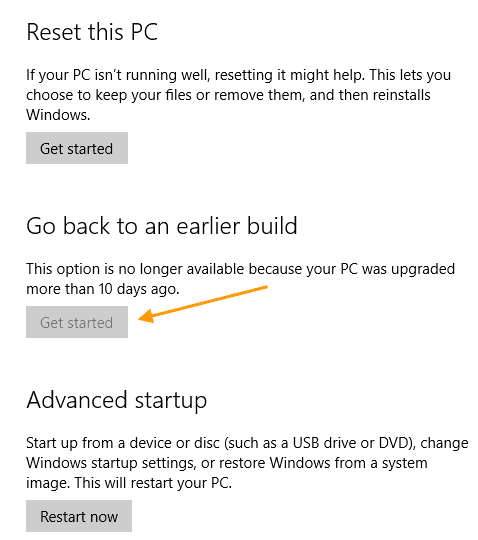

Type Recovery in the search box to locate this shortcut.įull instructions for using this utility and adding the current Windows 10 installation files to the recovery drive are here: Windows 10 tip: Create a recovery drive. In either case, you'll need to provide an administrator's credentials to run the tool. You'll find a shortcut to the Recovery Drive desktop app on Start, under the Windows Administrative Tools heading, or you can search for it. It should be at least 512 MB in size for a bare recovery drive and at least 8 GB if you also want to include Windows installation files. Booting from this specially formatted USB flash drive gives you access to the Windows Recovery Environment (WinRE), which you can use to fix most common startup problems. Sure, your Windows 10 installation is working fine now, but if it ever fails to start properly, you'll be grateful you have a recovery drive handy. Note: All of these steps have been tested with the Windows Update (version 1903) and the Windows 10 October 2019 Update (version 1909). In either case, clean install or upgrade, use this checklist to make sure you've covered some important bases that aren't part of Windows Setup. After about an hour (more or less, depending on the underlying hardware), you should be back at work, with most apps and settings migrated successfully.

Not ready to upgrade to Windows 11? Do this instead.

Here's how you can still get a free Windows 10 upgrade.Ukrainian developers share stories from the war zone The best Wi-Fi router for your home office 3G shutdown is underway: Check your devices now


 0 kommentar(er)
0 kommentar(er)
